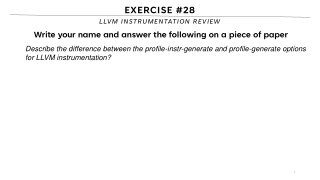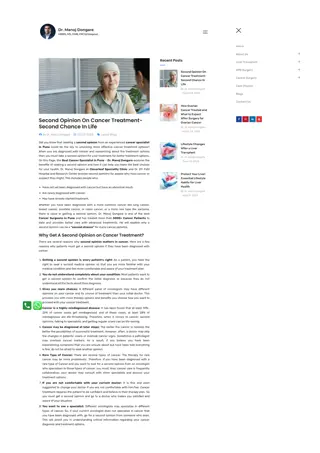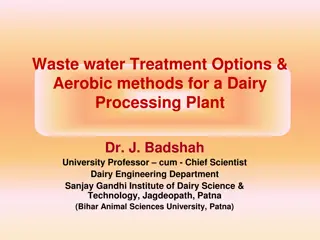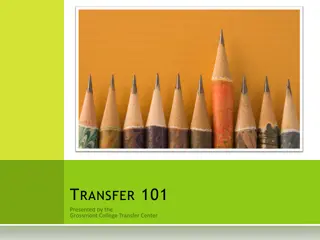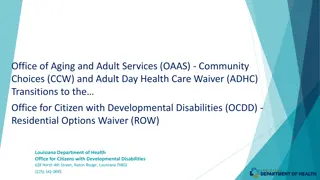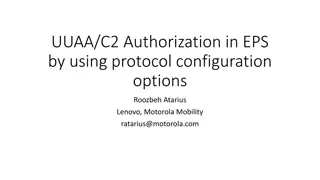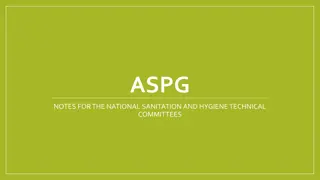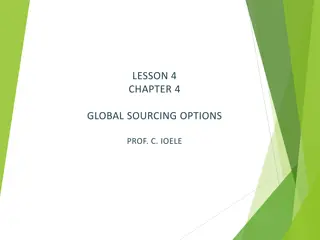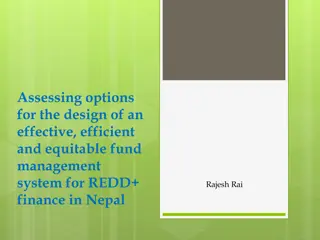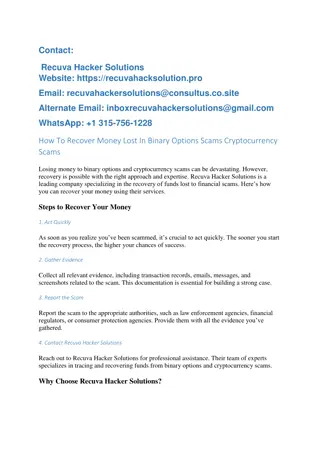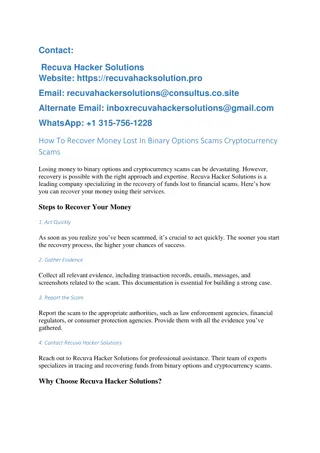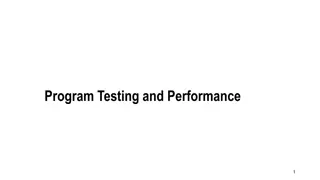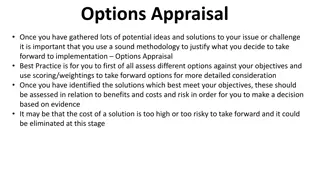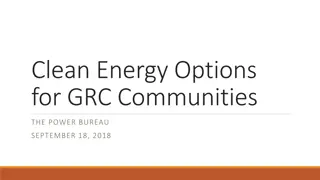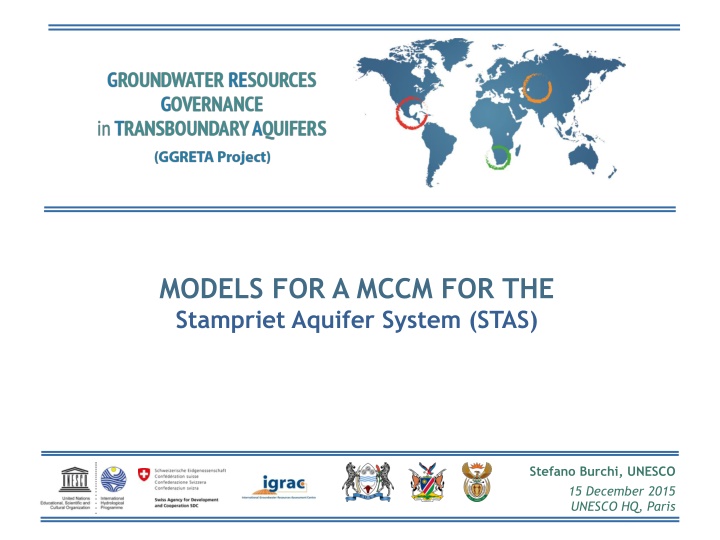
Implementing Sustainable Water Management Strategies: A Case Study of the Stampriet Aquifer System
Explore the modeling and coordination strategies for the Stampriet Aquifer System proposed by Stefano Burchi of UNESCO in 2015. The focus is on transitioning from project-driven cooperation to long-term institutionalized collaboration for effective management of water resources. The models aim to enhance data collection, exchange, and joint strategizing among STAS countries, with a vision for sustainable resource management. Legal arrangements, funding considerations, core tasks, and advantages of the proposed strategies are outlined.
Download Presentation

Please find below an Image/Link to download the presentation.
The content on the website is provided AS IS for your information and personal use only. It may not be sold, licensed, or shared on other websites without obtaining consent from the author. If you encounter any issues during the download, it is possible that the publisher has removed the file from their server.
You are allowed to download the files provided on this website for personal or commercial use, subject to the condition that they are used lawfully. All files are the property of their respective owners.
The content on the website is provided AS IS for your information and personal use only. It may not be sold, licensed, or shared on other websites without obtaining consent from the author.
E N D
Presentation Transcript
MODELS FOR A MCCM FOR THE Stampriet Aquifer System (STAS) Stefano Burchi, UNESCO 15 December 2015 UNESCO HQ, Paris
Rationale for a STAS MCCM Over-arching objective: transitioning from project-driven cooperation to institutionalized cooperation beyond project Short-term objective: continue joint study & characterization of STAS, and generate flow of data feeding STAS IMS Long-term objective: move from data collection & exchange to joint strategizing/advising STAS countries on management of STAS resources Value-added STAS vision/perspective consistency of direction & purpose of domestic actions joint control of data & information feeding IMS 2 2
RESEARCH INSTITUTIONS (?) GMI SADC SECRETARIAT ORASECOM FOCAL POINT BOTSWANA (DWA) FOCAL POINT NAMIBIA (DWAF) FOCAL POINT SOUTH AFRICA (DWS) STEERING COMMITTEE RESEARCH INSTITUTIONS (?) RESEARCH INSTITUTIONS (WRC) 4 4
Core tasks Data collection & exchange Manage data flow feeding STAS IMS Attract donor funding Advise STAS countries on application of available/relevant SADC guidelines to the specifics of STAS Liaise with SADC and ORASECOM 5 5
Legal arrangements & Funding MOU signed by concerned Water Ministers should suffice Art.1.4 of ORASECOM Agreement may be an issue ( subordination of CC to ORASECOM) Each STAS country would, on a rotation basis, bear the cost of hosting the regular meetings of Coordinating Committee, and providing administrative support for duration of host duties 6 6
Advantages Expeditiousness of implementation Leanness of institutional architecture (no secretariat facility is required) Economies of scale (CC will rely on support facilities provided by host Government department, on a rotation basis) Strong ownership by STAS countries High visibility Independence from external support for functioning of CC 7 7
Dis-advantages Dependence on priorities and political agendas of Government water administration hosting the Committee 8 8
MODEL 2 MCCM nested in ORASECOM (upgrading Geo-hydrology Sub-committee to Hydrogeology Task Team) 9 9
FOCAL POINT LESOTHO (DWA) FOCAL POINT NAMIBIA (DWAF) FOCAL POINT SOUTH AFRICA (DWS) FOCAL POINT BOTSWANA (DWA) ORASECOM COUNCIL ORASECOM TASK TEAMS SECRETARIAT HYDROGEOLOGY (STAS) FINANCIAL LEGAL TECHNICAL COMMUNICATIONS (STAS) HYDROGEOLOGY SUBCOMMITTEE 10 10
Core tasks, Legal arrangements & Funding Same as in Option 1, but no liaison duties (these will be ensured by ORASECOM as a matter of course) ORASECOM Council decision required Each STAS country would bear the cost of its representative on the Task Team 11 11
Advantages Expeditiousness of implementation Leanness of institutional architecture (no secretariat facility is required) Economies of scale (TT will rely on support facilities available in ORASECOM) Cost to STAS countries limited to TT meetings 12 12
Dis-advantages Subordination to ORASECOM agenda & priorities Competition with Lesotho s priorities Competition for attention & resources from other known trans- boundary aquifers in the Orange- Senqu basin 13 13


